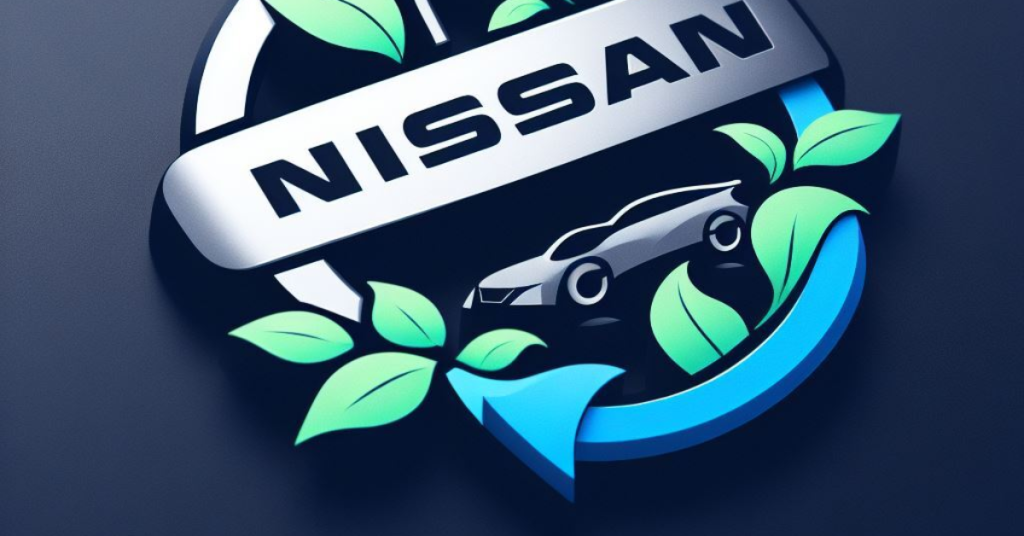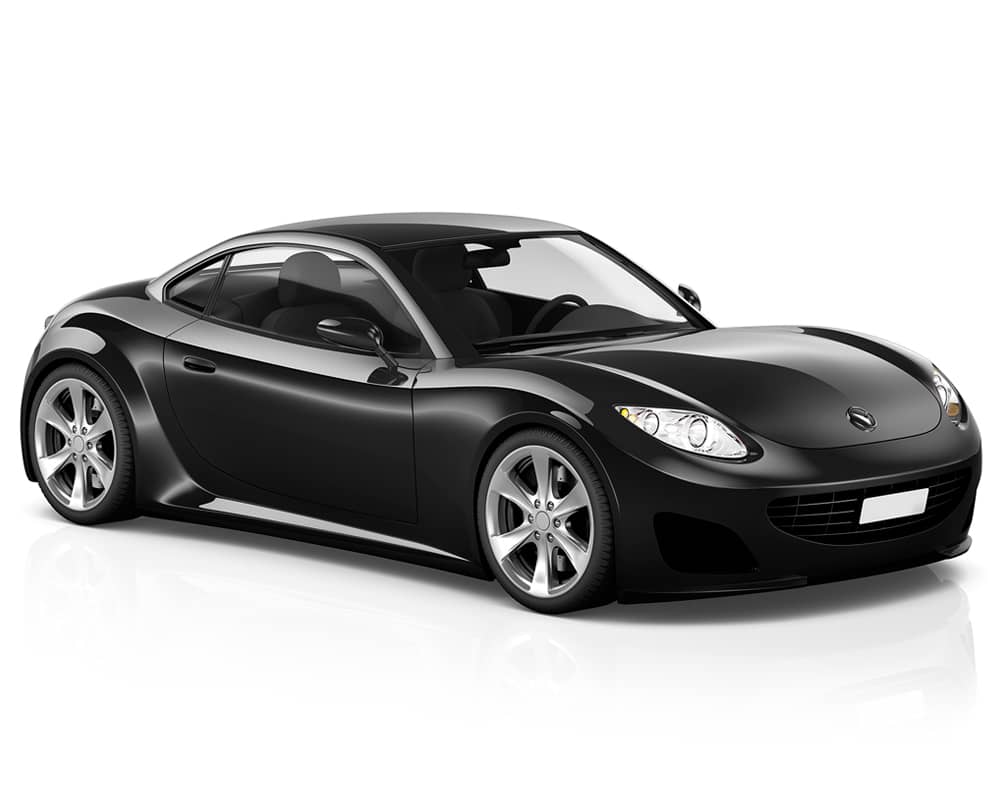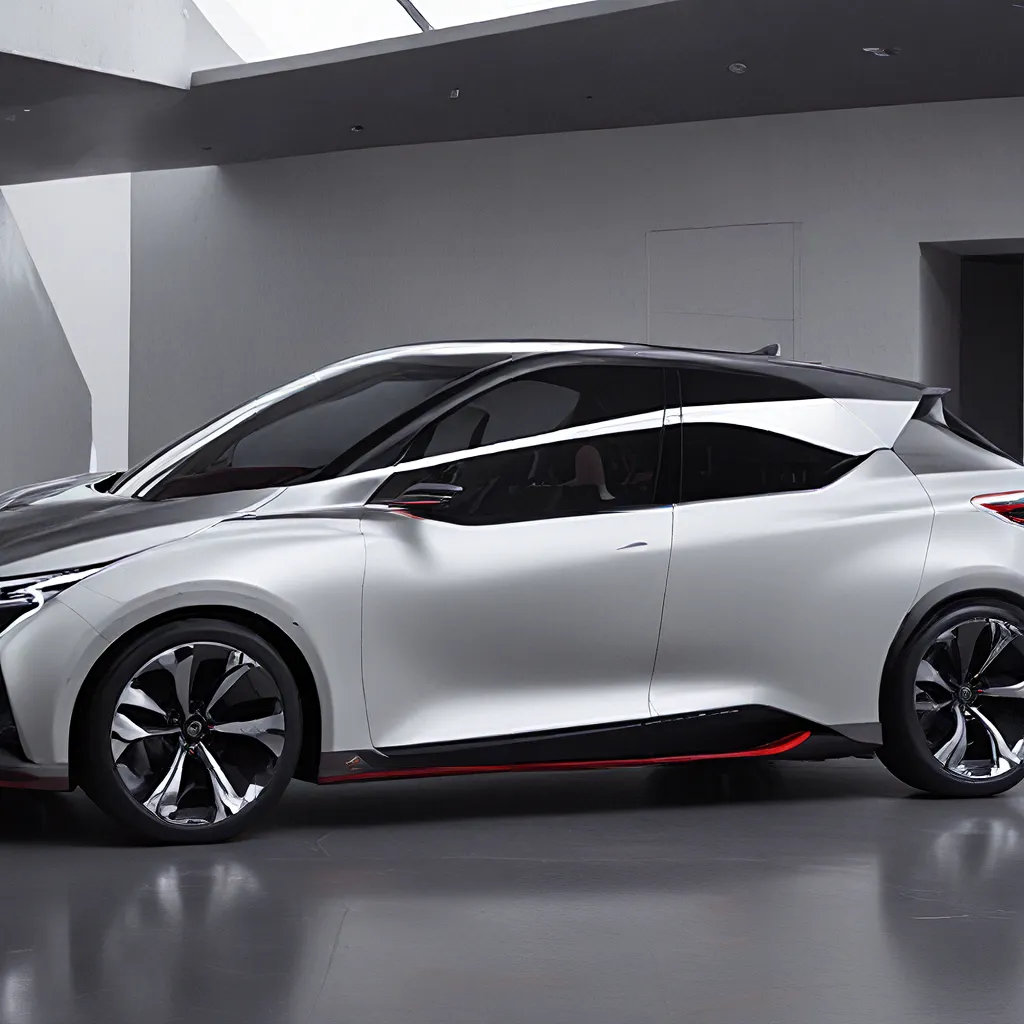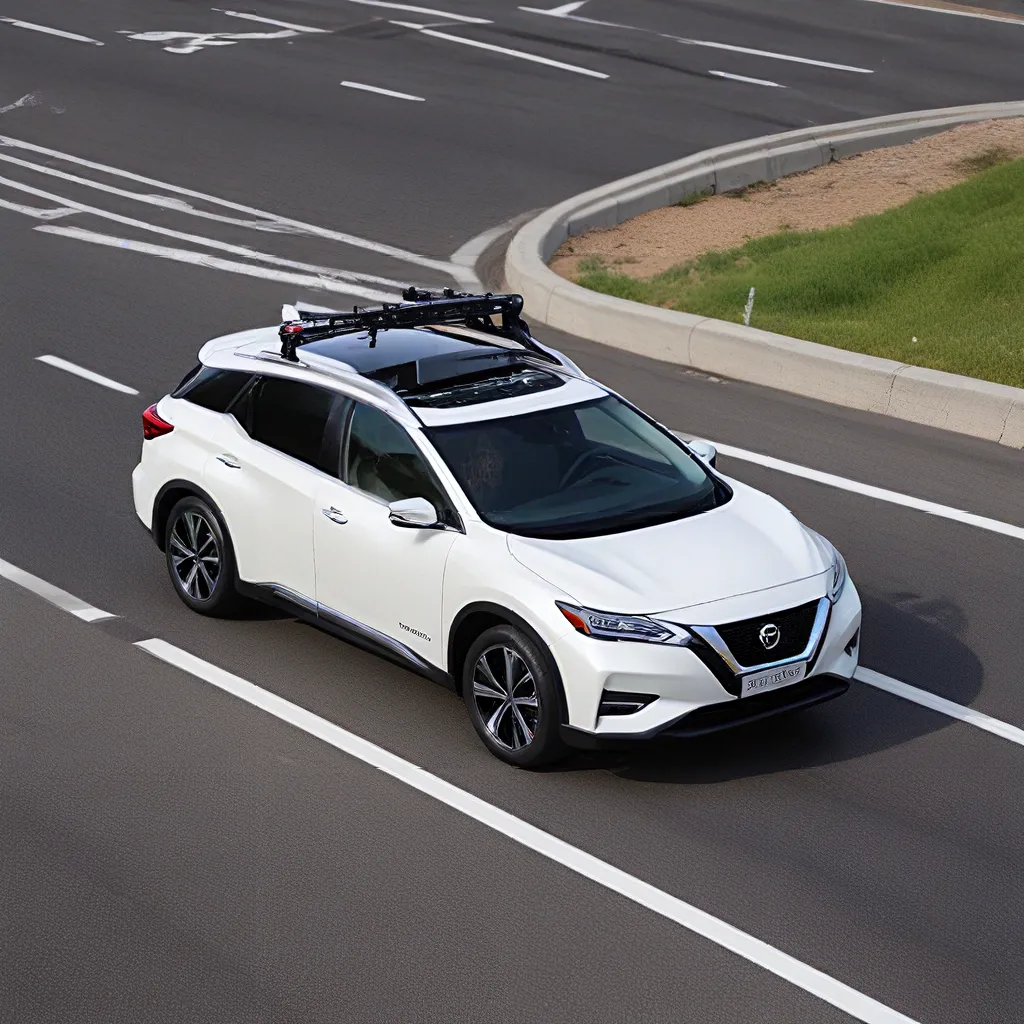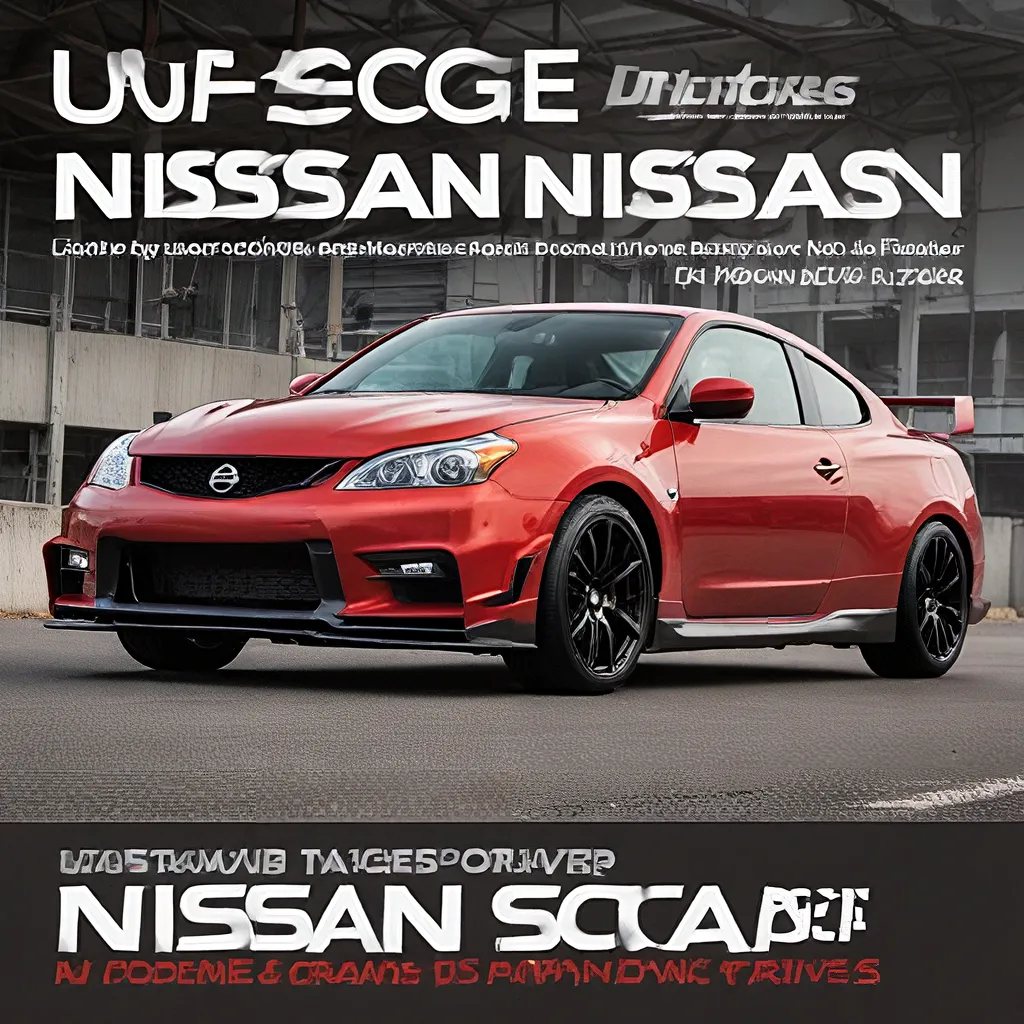
Nissan Juke: Embracing Unconventional Design
The Juke: A Rebel with a Cause
I’ll admit it – when I first laid eyes on the Nissan Juke, I was taken aback. Its bulging fenders, bug-eyed headlights, and sloping roofline were the automotive equivalent of a punk rock outfit. This was no ordinary crossover SUV. No, the Juke was a rebel, a disruptor that dared to challenge the status quo. And I, for one, couldn’t help but be intrigued.
As I delved deeper into the Juke’s story, I realized this unconventional design was more than just a gimmick. It was a carefully crafted statement, a reflection of Nissan’s willingness to take risks and push the boundaries of what a crossover could be. From its origins at the Nissan Design Europe studio to its final refinement in Japan, the Juke’s bold appearance was the result of a team of designers who refused to settle for the ordinary.
The Juke’s design was a true revolution in the crossover segment, with its coupe-like silhouette, prominent wheel arches, and distinctive boomerang-shaped headlights. And while some may have dismissed it as a mere novelty, I couldn’t help but admire the way it stood out from the crowd. After all, in a world of vanilla crossovers, the Juke was a spicy jalapeño – sure to elicit strong reactions, both positive and negative.
More Than Just Looks: The Juke’s Performance
But the Juke was never just about its appearance. Nissan knew that if they were going to shake up the crossover market, they’d need to back up the Juke’s bold looks with equally impressive performance. And that’s exactly what they did.
Under the hood, the Juke was packing some serious heat. The base model came equipped with a 1.6-liter turbocharged four-cylinder engine, delivering a surprising 188 horsepower and 177 lb-ft of torque. This potent powertrain gave the Juke a level of pep and responsiveness that belied its compact SUV stature, making it a genuine joy to drive around town.
But for those seeking an even more thrilling experience, Nissan upped the ante with the Juke NISMO and NISMO RS trims. These performance-oriented variants saw the engine output jump to a whopping 215 horsepower and 210 lb-ft of torque, thanks to a host of upgrades like a retuned suspension and sportier exhaust. Suddenly, the Juke had transformed from a quirky crossover into a genuine hot hatch in disguise.
Of course, no discussion of the Juke’s performance would be complete without addressing its transmission. While the continuously variable transmission (CVT) may not have been the most exciting option, Nissan’s engineers managed to imbue it with a surprisingly smooth and efficient power delivery that complemented the Juke’s overall character. It was a testament to Nissan’s attention to detail and their commitment to crafting a crossover that was as much fun to drive as it was to look at.
Embracing Unconventionality: The Juke’s Interior
As I settled into the driver’s seat of the Juke, I couldn’t help but notice that the unconventional theme extended well beyond the exterior. The interior was a true reflection of the Juke’s spirited personality, with a design that was both innovative and ergonomic.
The centerpiece of the cabin was the motorcycle-inspired center console, which gave the Juke a distinctly sporty feel. The layout of the controls and displays was clearly focused on the driver, with everything within easy reach and intuitive to use. It was a clear indication that the Juke was built for those who relished the act of driving, rather than simply getting from A to B.
But the Juke’s interior wasn’t just about style – it also offered a surprising amount of practicality. Despite its compact dimensions, the crossover managed to provide a spacious cargo area and a 6040 split-folding rear seat that allowed for a versatile range of seating and storage configurations. It was a testament to Nissan’s clever use of space, proving that unconventional design and pragmatic functionality could coexist harmoniously.
Of course, the Juke’s interior wasn’t without its critics. Some found the cabin a bit cramped, particularly in the rear seats, and the overall aesthetic may have been a bit too polarizing for more conservative buyers. But for those who embraced the Juke’s quirky charm, the interior was yet another facet of the crossover’s irresistible personality.
A Farewell to a Fun-Loving Crossover
Sadly, the Juke’s unconventional journey came to an end in North America after the 2017 model year. While the crossover continued to be available in other markets, Nissan decided to focus its efforts on the more conventionally styled Kicks, a move that reflected the shifting preferences of the North American market.
It’s a shame, really, because the Juke’s bold design and spirited performance had earned it a devoted following of enthusiasts who couldn’t get enough of its quirky charm. But as the crossover segment became increasingly crowded, with newer competitors offering more practicality, features, and safety technology, the Juke struggled to maintain its foothold.
Still, the Juke’s legacy lives on, a testament to Nissan’s willingness to take risks and challenge the status quo. Whether you consider it a misunderstood masterpiece or a quirky oddball, the Juke will always occupy a special place in the annals of automotive history. It’s the kind of car that dares you to be different, to embrace the unconventional and revel in the joy of the unexpected.
And who knows – maybe, just maybe, the Juke’s spirit will live on in future Nissan models. After all, a quick glance at the Nissan website reveals that the brand is still committed to pushing the boundaries of design and performance. It’s a tantalizing thought, and one that has me eagerly awaiting to see what other automotive rebels Nissan has up its sleeve.
